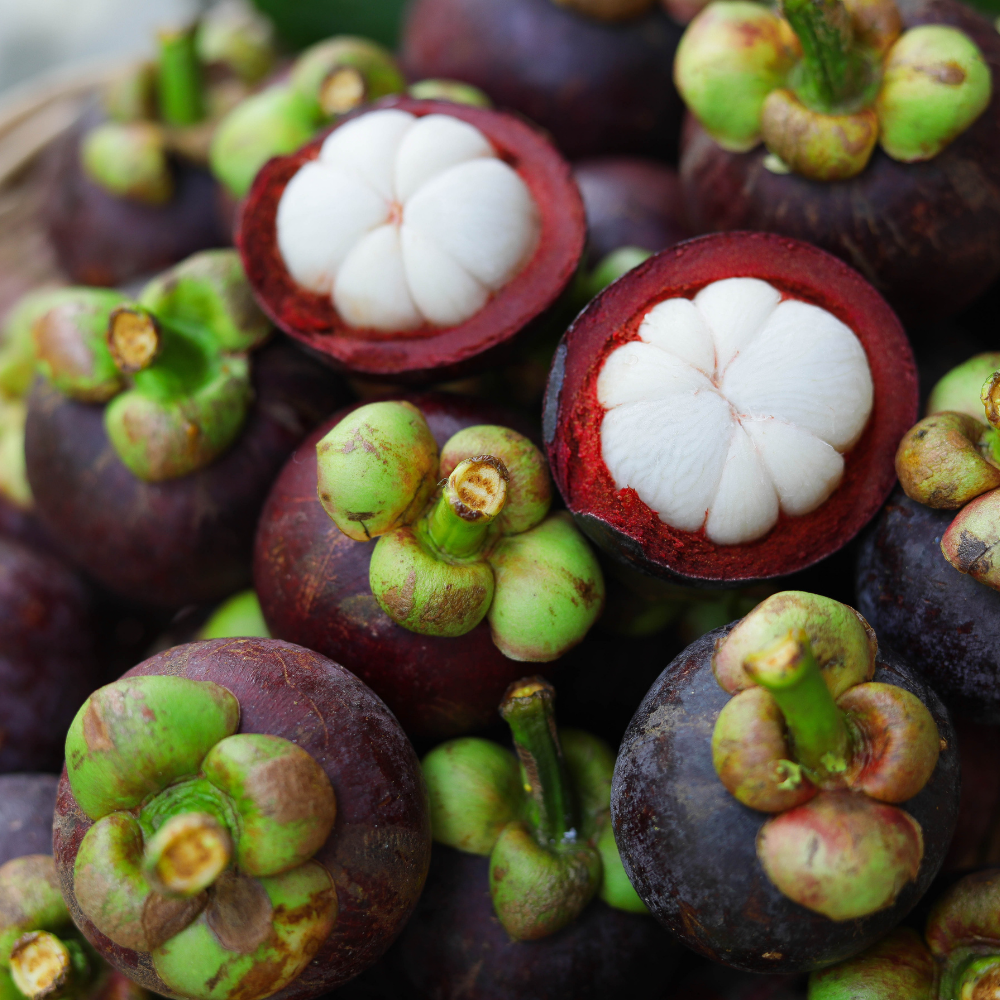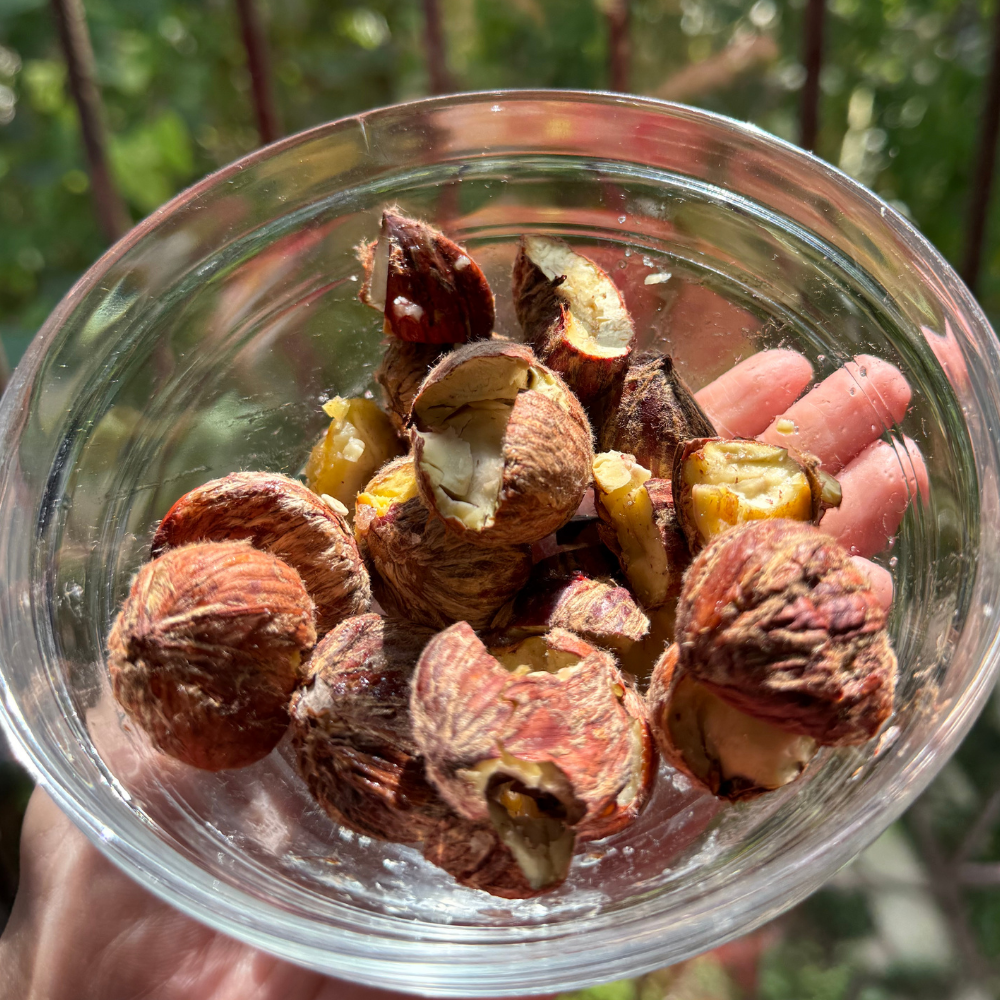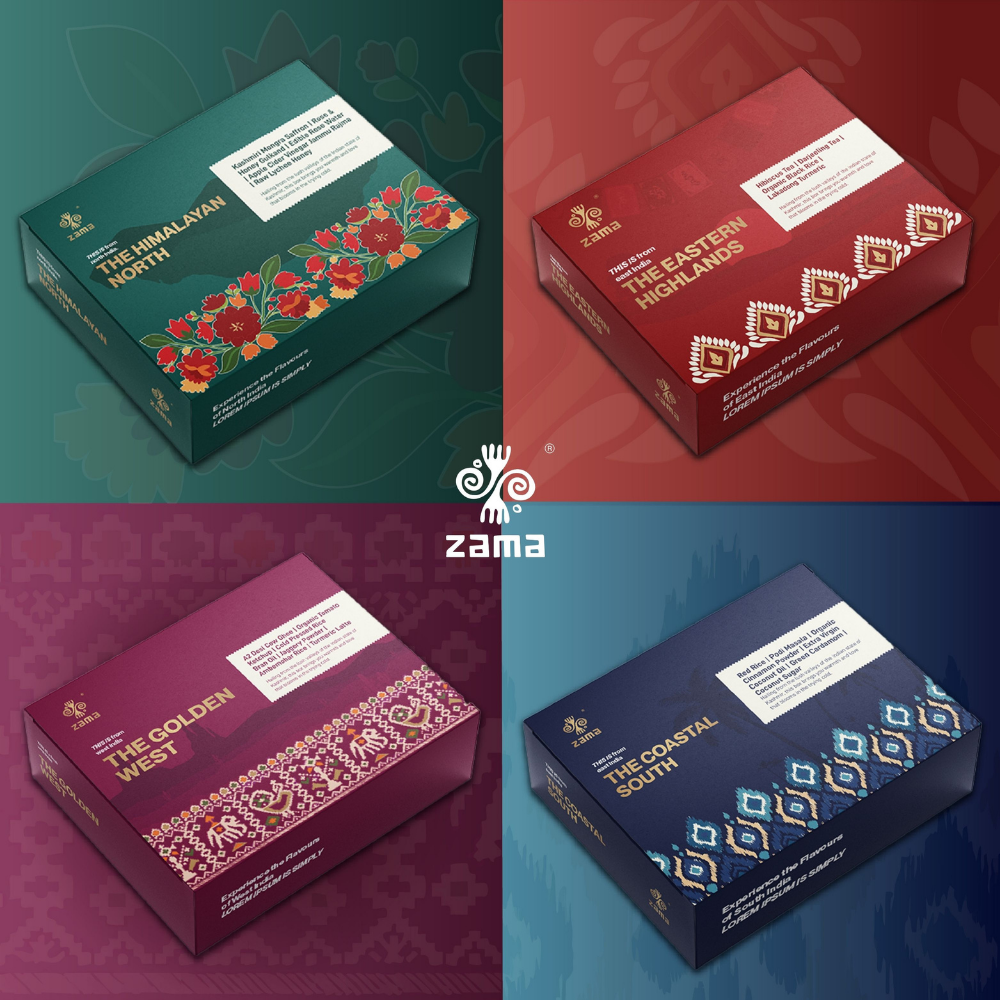Mangosteen is a fruit that feels truly special. Its thick, deep purple rind hides delicate, snow-white segments that are soft, juicy, and perfectly balanced in flavour. One bite, and it’s easy to understand why it has earned the title Queen of Fruits.
It’s a fruit that invites you to savour each segment. Gentle, sweet, and refreshing, mangosteen leaves a lasting impression a quiet joy that makes every taste feel thoughtful and memorable.
Beyond its flavour, mangosteen carries stories and traditions that span centuries. Loved across Asia for its natural goodness and admired even in distant lands, it has been cherished not only for its taste but also for the history, healing, and elegance it represents. This is the story of a fruit that has truly earned its crown.
A Fruit with Royal Beginnings
The title Queen of Fruits is not just a marketing phrase. It comes from history and folklore. In the 19th century, British colonists in South-East Asia fell in love with mangosteen. Queen Victoria herself was rumoured to have declared it her favourite fruit even offering a knighthood to anyone who could bring it fresh to England (though history suggests the climate made that nearly impossible).
Whether or not the royal promise was ever true, the fruit carried its crown from then on. People across Asia already considered it special. It was treasured not only for its irresistible flavour but also for its healing properties in traditional medicine. And so, the title stayed: Mangosteen, the Queen of Fruits.
The Beauty of the Fruit
Mangosteen is a feast for the senses:
-
Appearance: On the outside, it looks like a small plum with a thick, leathery rind the colour of midnight purple. On top sits a green calyx, almost like a little crown.
-
Inside: The real surprise is when you crack open the shell. Inside, arranged like petals of a flower, are the snow-white segments of juicy flesh. Each segment is smooth, glossy, and glowing with freshness.
-
Flavour: Its taste is hard to describe a gentle sweetness with a refreshing tang, somewhere between a peach, a strawberry, and a pineapple, but unlike any of them. It is both rich and delicate, the kind of flavour you don’t forget.
There’s an elegance in how mangosteen is structured. Nature wrapped something so tender in a hard protective shell, as if ensuring that only those who take the effort to open it get to taste its treasure.
Nutritional Information
For all its beauty and flavour, mangosteen is not just a pretty fruit. It’s also packed with nutrients that make it as healthy as it is delicious.
Here’s what a cup of mangosteen segments usually contains:
Carbohydrates: Natural sugars for energy
Fibre: Aiding digestion and gut health
Vitamin C: To boost immunity and skin health
B-vitamins (B1, B2, B9): Supporting energy and metabolism
Minerals like potassium, magnesium, and manganese: Important for heart health, muscles, and bones.
Culinary Uses of Mangosteen
While mangosteen is often celebrated for its flavour and health benefits, it also holds a special place in the culinary world. Its versatility allows it to move beautifully from a refreshing snack to a star ingredient in both sweet and savoury dishes.
1. Enjoyed Fresh
The most traditional and beloved way to enjoy mangosteen is straight from the rind. Simply crack it open to reveal the delicate white segments and eat them as they are. Their natural sweetness and tang need no embellishment.

2. Smoothies and Juices
Mangosteen flesh blends effortlessly into smoothies and juices, adding a tropical freshness. Pair it with coconut water, pineapple, or even green vegetables for a drink that feels both indulgent and restorative.

3. Fruit Salads
Its subtle flavour balances beautifully with stronger tropical fruits like mango, pineapple, and papaya. A sprinkle of lime or a dash of chilli salt can make a mangosteen salad sing with contrast.

4. Desserts
From sorbets and ice creams to panna cotta toppings, mangosteen lends itself to creamy desserts. In Southeast Asia, it is often paired with sticky rice or coconut milk a combination that highlights its regal flavour.

5. Savoury Pairings
Though less common, mangosteen adds intrigue to savoury dishes. Its gentle acidity can cut through rich meats, while its sweetness balances spicy curries or grilled fish. Chefs in Thailand and Malaysia sometimes experiment with mangosteen in chutneys or sauces.

6. Teas and Infusions
The rind, though not eaten raw, is dried and steeped into teas or infused into drinks for a subtle, earthy flavour that complements its antioxidant richness.

Mangosteen in Traditional Medicine
Long before nutritionists started analysing it, mangosteen was a staple in Ayurvedic and South-East Asian traditional medicine.
In Ayurvedait was seen as cooling to the body, used to balance excess heat and treat skin conditions.
In Thai and Malaysian practices mangosteen rind decoctions were used for diarrhoea, wound healing, and infections.
In Chinese medicine it was valued for its ability to reduce inflammation and promote overall wellness.
These uses remind us that food has always been more than nourishment; it has been medicine too.
FAQs
Q. Why is mangosteen called the Queen of Fruits?
A. It’s admired for its perfect balance of flavour, its beauty, and its health benefits. History also ties it to Queen Victoria, who reportedly loved the fruit, giving it a royal reputation.
Q. Can I eat the rind of mangosteen?
A.The rind is too tough and bitter to eat raw, but it is rich in antioxidants. It’s often dried, powdered, or boiled into teas and supplements.
Q. Is mangosteen good for weight loss?
A. Yes. It’s low in calories and high in fibre, making it a satisfying and healthy snack for those managing weight.
Q. How do I know if a mangosteen is ripe?
A. Look for a deep purple rind that yields slightly when pressed. If it’s too hard, it may not be ripe; if it’s too soft, it may be overripe.
Q. Is mangosteen available year-round?
A. It’s a seasonal fruit. In most regions, it’s available during the rainy season or summer months.
Q. What does mangosteen taste like?
A. It has a unique taste sweet, tangy, juicy, and refreshing. Many describe it as the perfect mix of peach, pineapple, and lychee.
Q. Why is mangosteen expensive?
A. It’s delicate to grow and transport, and it’s highly seasonal. Its rarity adds to its value.




